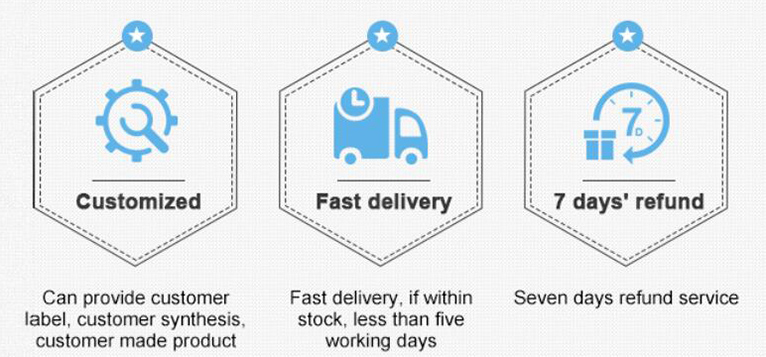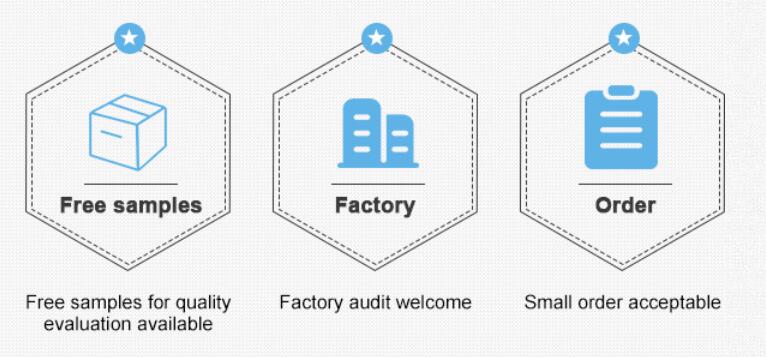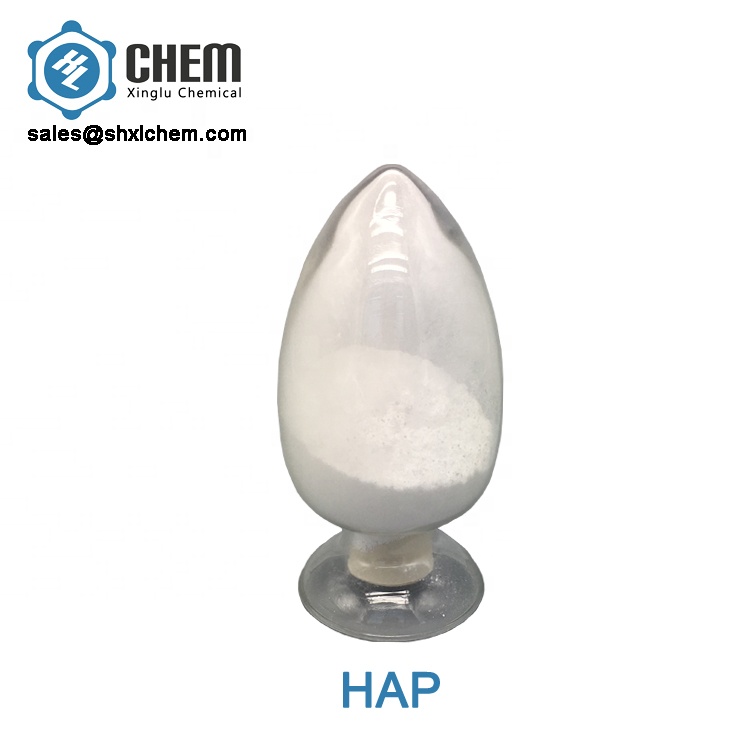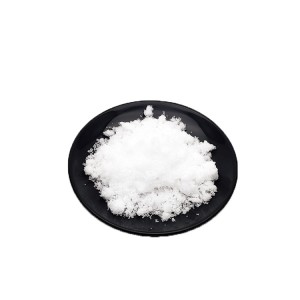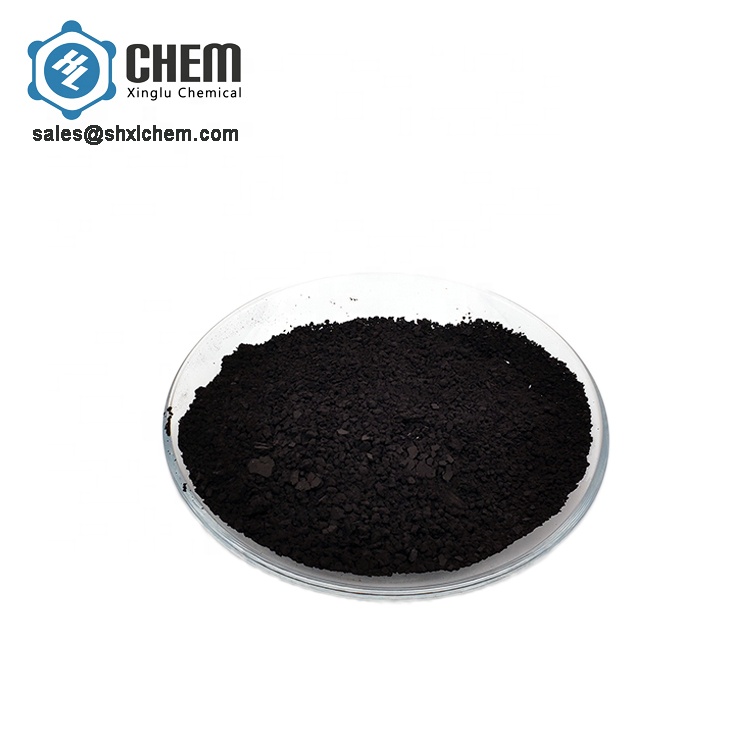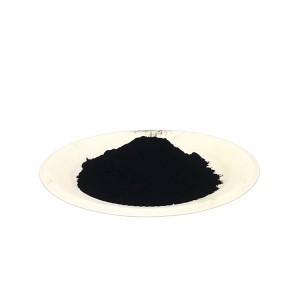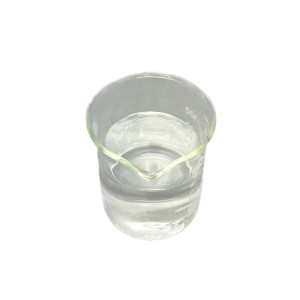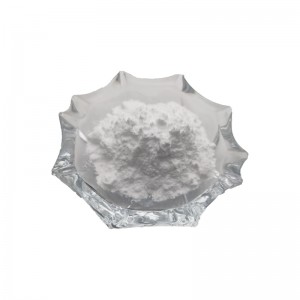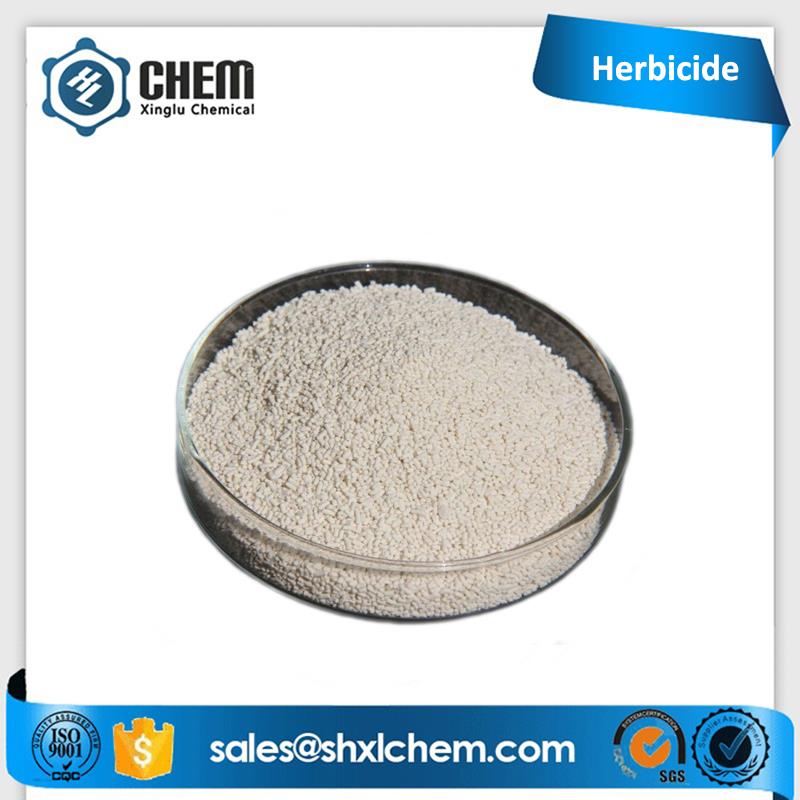Calcium Hydroxyapatite HAP CAS 1306-06-5
Hydroxyapatite, also called hydroxylapatite (HA), is a naturally occurring mineral form of calcium apatite with the formula Ca5(PO4)3(OH), but it is usually written Ca10(PO4)6(OH)2 to denote that the crystal unit cell comprises two entities. Hydroxyapatite is the hydroxyl endmember of the complex apatite group. Pure hydroxyapatite powder is white. Naturally occurring apatites can, however, also have brown, yellow, or green colorations, comparable to the discolorations of dental fluorosis.
Up to 50% by volume and 70% by weight of human bone is a modified form of hydroxyapatite, known as bone mineral.Carbonated calcium-deficient hydroxyapatite is the main mineral of which dental enamel and dentin are composed. Hydroxyapatite crystals are also found in the small calcifications, within the pineal gland and other structures, known as corpora arenacea or 'brain sand'.
Application
1. Hydroxyapatite is present in bone and teeth; bone is made primarily of HA crystals interspersed in a collagen matrix -- 65 to 70% of the mass of bone is HA. Similarly HA is 70 to 80% of the mass of dentin and enamel in teeth. In enamel, the matrix for HA is formed by amelogenins and enamelins instead of collagen.
Hydroxylapatite deposits in tendons around joints results in the medical condition calcific tendinitis.
2. HA is increasingly used to make bone grafting materials as well as dental prosthetics and repair. Some implants, e.g. hip replacements, dental implants and bone conduction implants, are coated with HA. As the native dissolution rate of hydroxyapatite in-vivo, around 10 wt% per year, is significantly lower than the growth rate of newly formed bone tissue, in its use as a bone replacement material, ways are being sought to enhance its solubility rate and thus promote better bioactivity.
3. Microcrystalline hydroxyapatite (MH) is marketed as a "bone-building" supplement with superior absorption in comparison to calcium.
Specification
We can supply Hydroxyapatite in both powder form and granule form.
Certificate:
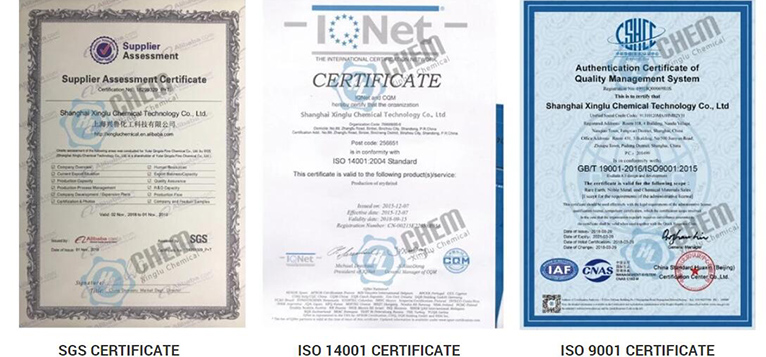
What we can provide:
